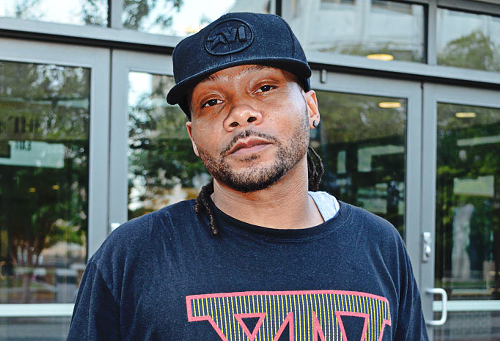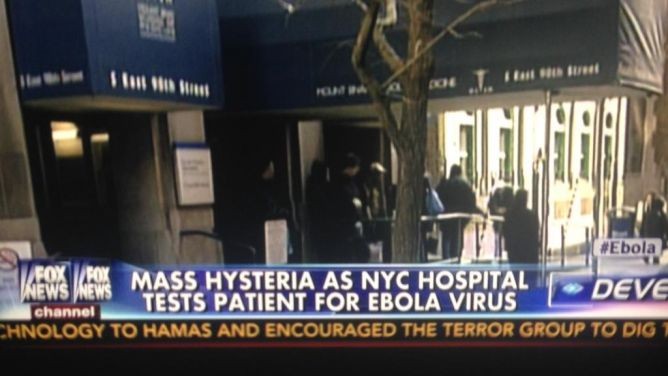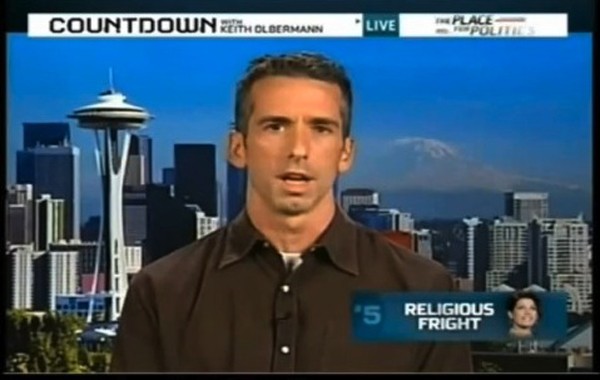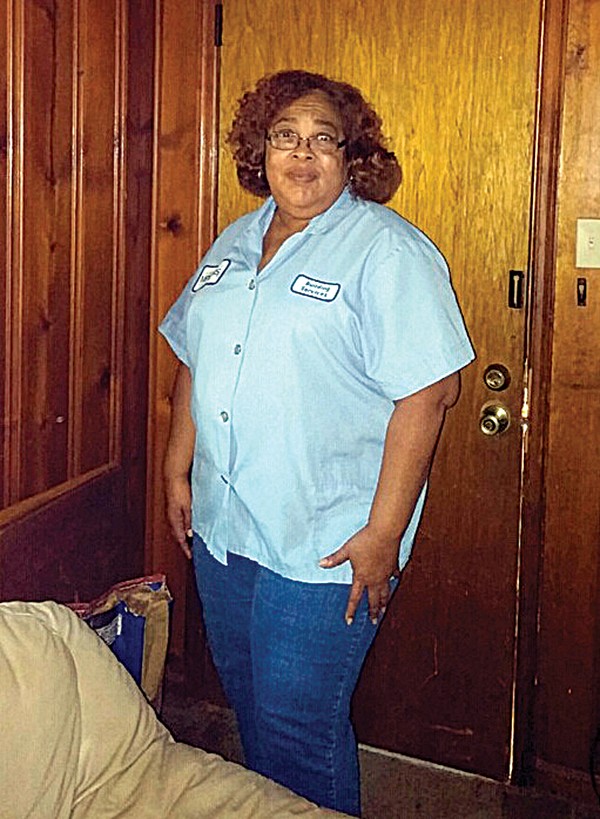Even as time was running out on the elections of 2014, with early voting ending this week in the election process that ends Tuesday, November 4th, the stirrings of Election Year 2015 were at hand.
Among those in attendance at a Monday morning rally for Democratic candidates at the IBEW building on Madison were Kenneth Whalum and his wife Sheila. And while neither was quite ready to commit to a candidacy for Memphis mayor by the New Olivet Baptist Church pastor and former school board member, both seemed to relish the thought of a follow-up race to the Rev. Whalum’s surprisingly close second-place finish to Deidre Malone in last May’s Democratic primary for Shelby County mayor.
“Maybe it’s time for another tour of India,” joked the reverend, who had been absent on that East Asian sub-continent for a prolonged period just before election day but who finished strong, a fact indicating either that 1) absence made the hearts of voters grow fonder; or that 2) a more vigorous late effort on Shelby County soil might have put him over.
Either scenario, coupled with the fact that his appeal of a 2012 school board race narrowly lost to Kevin Woods had been finally disallowed by the courts, clearly left the irrepressible Whalum available for combat.
Who else is thinking about it? The proper question might be: Who isn’t?
Also present at the IBEW rally was former Shelby County Commission Chairman James Harvey, who is already committed to a race for Memphis mayor to the point of passing out calling cards advertising the fact.
“Changing parties again?” a passer-by jested to Harvey, a nominal Democrat who, in the past year or so on the commission, often made common cause with the body’s Republicans.
“I need ’em now!” responded Harvey, good-naturedly, about his attendance with other Democrats at the IBEW rally, which featured Gordon Ball, the Democratic nominee for U.S. Senator, at the climax of his statewide “No Show Lamar” bus tour; District 30 state Senate candidate Sara Kyle; and District 96 state House of Representatives candidate Dwayne Thompson.
Not so sunny was another attendee, Memphis City Councilman Myron Lowery, who, when asked if he was considering another mayoral race (he ran unsuccessfully in the special election of 2009 while serving as interim city mayor) answered calmly, “No,” but became non-committal, to the point of truculence, at the follow-up question, “So, are you closing the door?”
Lowery has confided to acquaintances, however, that he is indeed once again measuring the prospect of a mayoral race, while simultaneously contemplating a race by his son, management consultant Mickell Lowery, for his council seat should he choose to vacate it.
Another council member, Harold Collins, has formed an exploratory committee and is contemplating a mayoral race based largely on the theme that the current administration of Mayor A C Wharton is acting insufficiently in a number of spheres, including those of dealing with employee benefits and coping with recent outbreaks of mob violence.
Another councilman considered likely to make a bid for mayor is current council Chairman Jim Strickland, who has built up a decently sized following over the years by dint of his highly public crusades for budgetary reform. He, too, has often been critical of the incumbent mayor.
In accordance with assurances, public and private, he has made over the past year, Wharton himself is still considered to be a candidate for reelection, though there are those who speculate he may have second thoughts, given his advancing years and the increasing gravity of fiscal and social problems confronting the city.
The mayor’s supporters tend to pooh-pooh such speculation and suggest that only Wharton is capable of achieving across-the-boards support from the city’s various demographic components.
Others known or thought to be considering a mayoral race are former state legislator and ex-councilmember Carol Chumney (who has run twice previously); current county Commissioner Steve Basar; and Memphis Police Association President Mike Williams.
The list of potential mayoral candidates is a roster that may grow larger quickly.
• In introducing Ball at the IBEW rally, state Democratic Chairman Roy Herron contended that incumbent Republican Senator Lamar Alexander‘s poll numbers were “going down and down and down and Gordon Ball’s are going up and up and up, and those lines are going to intersect.”
In his own remarks, Ball charged that “my opponent has spent millions of dollars trying to smear and discredit us” and cited that as evidence of how seriously Alexander was taking the threat to his reelection.
The Democratic nominee spent considerable time addressing the recent publicity about a suit brought against him by one Barry Kraselsky, an Alabama resident who recently purchased a Florida condo from Ball and is accusing Ball and his wife, Happy, of having “duped” him by removing items from the property.
Ball said he was being sued for $5,300, even though he had posted an escrow account of $5,000, which was available to Kraselsky, whom he said was a “charlatan” and a major Republican donor. “We’re going to take care of him after November 4th.”
In remarks to reporters after his formal speech, Ball, who opposes the proposed Common Core educational standards, contended that Alexander, who has mainly been opaque on the subject, was a supporter of Common Core, which is opposed by many classroom teachers. Ball noted that Alexander had bragged on well-known teachers’ advocate Diane Ravitch, who is now a Common Core opponent, in Lamar Alexander’s Little Plaid Book, which the senator published years ago.
“He doesn’t mention her anymore,” said Ball. “He and [state Education Commissioner] Kevin Huffman and [educational reformer and Common Core supporter] Michelle Rhee are in this together.”
Also taking part in the IBEW rally were Whalum and Ashley Coffield, CEO of Memphis Planned Parenthood, who passed out to all the candidates T-shirts opposing Constitutional Amendment 1 on the November 4th ballot. Amendment 1 would in effect nullify a 2000 decision by the state Supreme Court that granted more protection to abortion rights than have the federal courts, as well as empower the General Assembly to legislate on a variety of potential new restrictions to abortion.
• The Shelby County Commission, which was unable on Monday to come to a decision on proposed changes in County Mayor Mark Luttrell‘s amended health-care plan for county employees (see this week’s Editorial) also was somewhat riven on another – more explicitly political – issue.
This was a suit filed by seven commissioners in Chancery Court against current Chairman Justin Ford challenging his right to arbitrarily keep items off the body’s agenda.
The plaintiffs are the commission’s six Democrats and one Republican, former vice Chairman Steve Basar, who previously voted with the Democrats to stall the committee appointments by Ford, who was elected in this fall’s first organizational session by a combination of his own vote with that of the commission’s five Republicans. As the GOP’s Heidi Shafer explained at the time, the outnumbered Republicans had a choice between Ford, who has fairly consistently voted their way in previous years, and Bailey, who rarely has.
Basar was aggrieved by having been denied votes for the chairmanship, which he believed himself to be in line for, by most of his Republican colleagues.
Subsequent attempts to place items on the commission agenda proposing rules changes that would threaten Ford’s authority have been arbitrarily removed by the chairman.


 Larry Kuzniewski
Larry Kuzniewski 




 Courtesy of Sierra Club
Courtesy of Sierra Club 